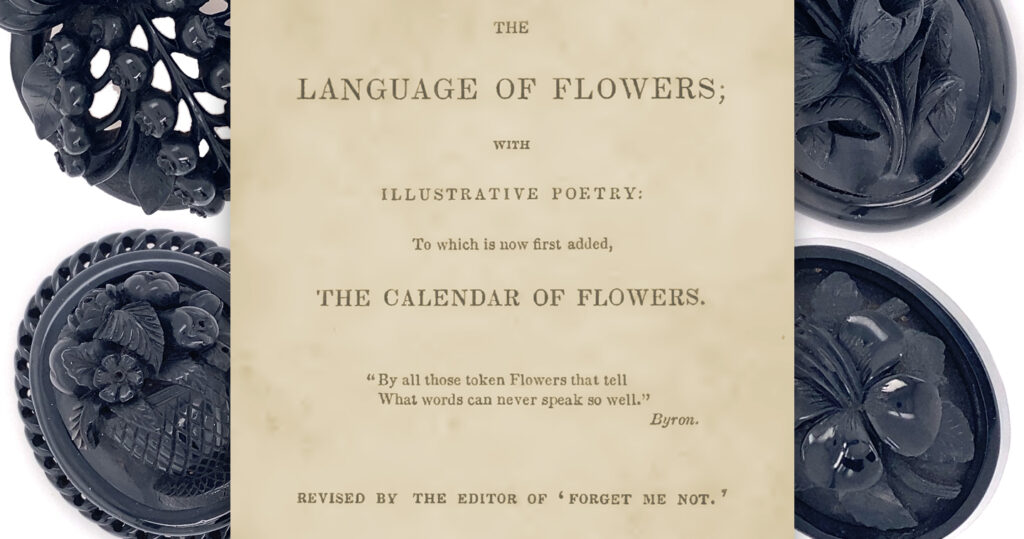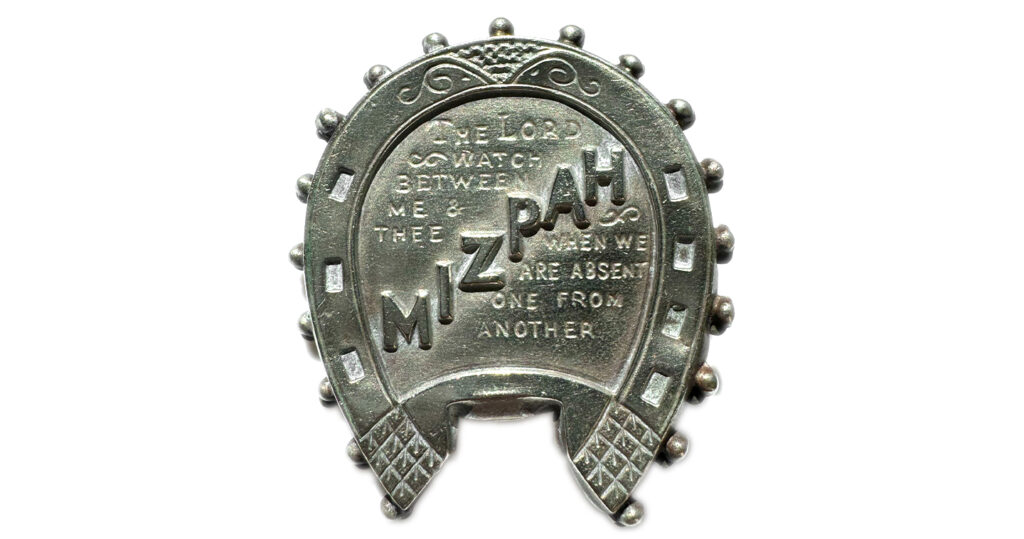Acorn Symbolism in Jewels

The Museum of Whitby Jet is a genuine establishment of living history. Combined with the store W. Hamond, it presents the oldest connection to 19th century Whitby Jet manufacture that still exists. It is a tribute to the 1500 men and 200 shops that existed in 1873 to produce the finest quality of Jet available in the world. Their craft, of carving, turning and polishing jet held a standard that set the British Empire beyond any other jet industry in the world, being held in the highest regard by Queen Victoria herself.
Due to the popularity of Whitby Jet, the instances of its carving designs are almost infinite. The Victorians relished the romantic and sentimental language of flowers. They were educated, had access to new wealth and were the first affluent middle class that could afford leisure time. Travel was a part of seasonal Victorian lifestyle and cottage industries emerged with the connection of rail lines that ferried these sentimental people across Britain. Whitby’s popularity as the centre of Jet fed its local community and its economy. Carvers were charged with appealing to the most popular designs from the visitors, who requested sentimental tokens to gift to their loved ones.
This Art of Mourning series is in partnership with the Museum of Whitby Jet and is a look at the jewels of the museum through the eyes of the Victorians who requested and understood the love language of flowers.
To achieve this, part 1 of the series is an introduction to Whitby Jet, which can be read below:
Link > Discover Whitby Jet
Part 2 is an understanding of ‘floriography’, a late 18th and 19th century attempt by philosophers and writers to connect floral discoveries of the world to emotion to empirical fact. This can be read below:
Link > Understanding Symbolism: Botany and Floriography
Symbolism of The Acorn

Mighty oaks grow from a small acorn and the value of its meaning in 19th century jewellery is related to personal strength through virtue. Anthropomorphic attribution to the acorn is essential to its use in symbolism. It grows the mighty oak tree and this value of strength, bravery, hospitality and independence are attributed to it by Mrs. L Burke in The Illustrated Language of Flowers, published in 1856.
Acorns are adornments of fashion and architecture to show this strength and its combination with other floral emblems gives them strength. This would be through the sentiment of love, affection, prosperity and family, as many of the sentimental tokens given by the Victorians were for the purposes of providing a loving, stable relationship in society. When used in heraldry, its meaning denotes independence, as the acorn will depart to grow independently strong, or the sprig used in its place.

In the reign of Charles the First, of ripe October was represented,“ In a garment of yellow and carnation, upon his head a garland of oak leaves and acorns, in his right hand the sign Scorpio, in his left a basket of services, medars, and chestnuts, and other fruits that ripen late in the year ; his robe the colour of the leaves and flowers decaying.” — Peacham
Henry Phillips’ Floral Emblems p.49

Millions of delicate hands enwrap the rose in its bud, the grain of corn in its husk, the mighty oak in a single acorn, a whole forest in an imperceptible seed.
OAK.
Hospitality.
Among the Greeks, the Oak performed an important part in their religious ceremonies. The oaks in the grove of Dodona in Epirus, near the magnificent Temple of Jupiter, gave for the oracles which were there promulgated by the priestesses. On the banks of the Achelous grew those Oaks whose acorns were the first food of mortals.
The Language of Flowers p.54, p.222

Live Oak… Liberty.
Oak Leaves… Bravery.
Oak Tree… Hospitality.
Oak (White)… Independence.






